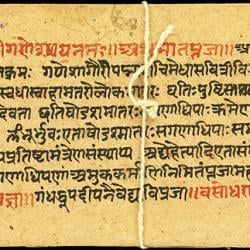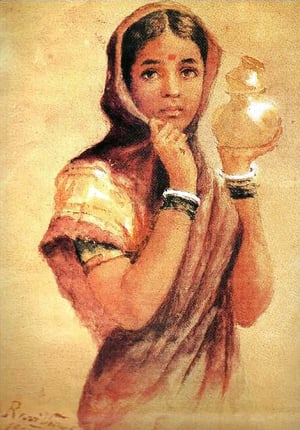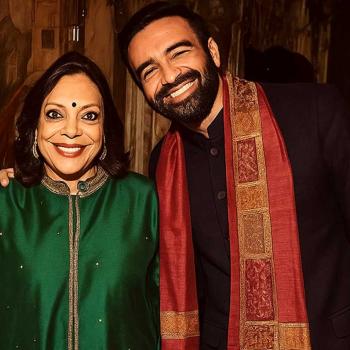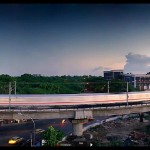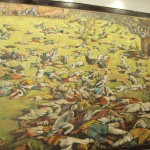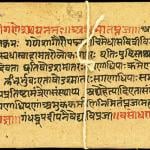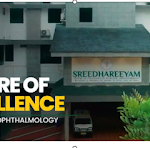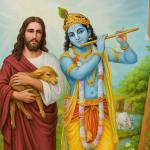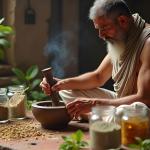 Hinglaj Mata temple is in Pakistan near Karachi. Here are some devotees. These kids are bonded labourers who work on the farms of the feudal lords in Pakistan. It is sad that kids are even today in bonded labor. How the feudal lords (fundamentalist in their own right) treat Hindu poor kids is beyond imagination.
Hinglaj Mata temple is in Pakistan near Karachi. Here are some devotees. These kids are bonded labourers who work on the farms of the feudal lords in Pakistan. It is sad that kids are even today in bonded labor. How the feudal lords (fundamentalist in their own right) treat Hindu poor kids is beyond imagination.
I,nevertheless, loved the extremely expressive faces of these kids with innocence showing so clearly!
For children, it is great fun – especially for Thari children who remain confined to agricultural farms where many of them work as bonded labourers the whole year round.
Given their precarious social position in a feudal-dominated system, many of them will never be able to return to Hinglaj for a long time. But they can cherish the memory. (Pic courtesy: BBC)
Significance of Hinglaj Temple….
Hinglaj is a Hindu holy place, about 120Km NE of Karachi, on the Hingol
river in the Makran. The reputation of Hinglaj as a holy place precedes
the Arab invasion and the advent of Sufism to the Sindh region.
Hindu myth has it that the goddess Sati who was married to Shiva immolated
herself in her father’s (Daksha’s ) house to avenge an insult to her
husband by her father. Shiva, after punishing his father-in-law, who he
considered responsible for his wife’s death, wandered about with Sati’s
body, dancing about like a demented creature.The wild rythm of the leaping
god shook the universe and the celestials fearing the worlds would come to
a premature end supplicated Vishnu the Preserver. This god took his
flaming discuss and cut the body of Sati into 50 pieces all of which fell
to the earth and each of which is celeberated as a holy place of Hinduism.Hinglaj is believed to be the place where the dismembered goddess Sati’s
head with its hingul (sindhoor, vermillion ) fell.It is the first holy
place (from the west} of the Hindus. (The easternmost I believe is in
Assam where the yoni of Sati fell and the famous Kamakhya temple there is
believed to enshrine that relic; the Tantric cult is said to have spread
from that centre )Myth also has it that Rama, Sita and Lakshman visited this holy site of
Hinglaj in the wanderings of their banishment, of the Ramayana.This Hindu past was kept alive until partition (1947 ) by annual
pilgrimage to Hinglaj on the Makran coast. This pilgrimage was a part of
the initiation of the Kanphat yogis, distinguished by the splitting of
their ears ( ka-na pha-ta ) to accomodate their huge wooden ear-rings [Ed.
Note: The annual pilgrimage of these jogis still takes place. The jogis,
unlike urbanites, almost all stayed in Sindh and their numbers have only
increased over time.]The Hindu past has faded and to an extent been erased from fundamentalist
Pakistan’s history. It should however be remembered that it was these
yogis of the past, the Bhakt-Kavis singing out the fragrance of Yoga,
Bhakti and Vedanta that strongly influenced the Sufis of Sindh leading to
a tolerance and assimilation of such Indian ideas into Sufi Islam. As
Prof. L H.Ajwani remarks in his book History of Sindhi literature: "Out of
the mingling of Iranian type of Sufism with Indian Vedantism-Bhakti was
evolved that peculiar mysticism which is the bedrock of Sindhi
literature."We see Shah Lateef making the same pilgrimage to Hinglaj and in the course
of such wanderings being equally and strongly influenced by their ideas.
To an extent, Bhakti poets before Shah paved the way for him and their
verses have sometimes been incorporated into Shah’s verses.That indeed is the influence of the tiraths, pilgrimages, at holy sites as
Hinglaj.Sad to say, after partition most of Pakistan’s and with it Sindh’s Hindu
sites have been run into the ground. Hinglaj, Lakhi, the Phuleli site for
JhuleLal, the Prahlad-Aditya temple in Multan etc., all are now ramshackle
places and I wonder if the melas held at Nassarpur to celebrate UderoLal
still continue take place. The faithful have all been driven away and who
indeed is there, to cry for their preservation or revival.
Powered by Qumana


